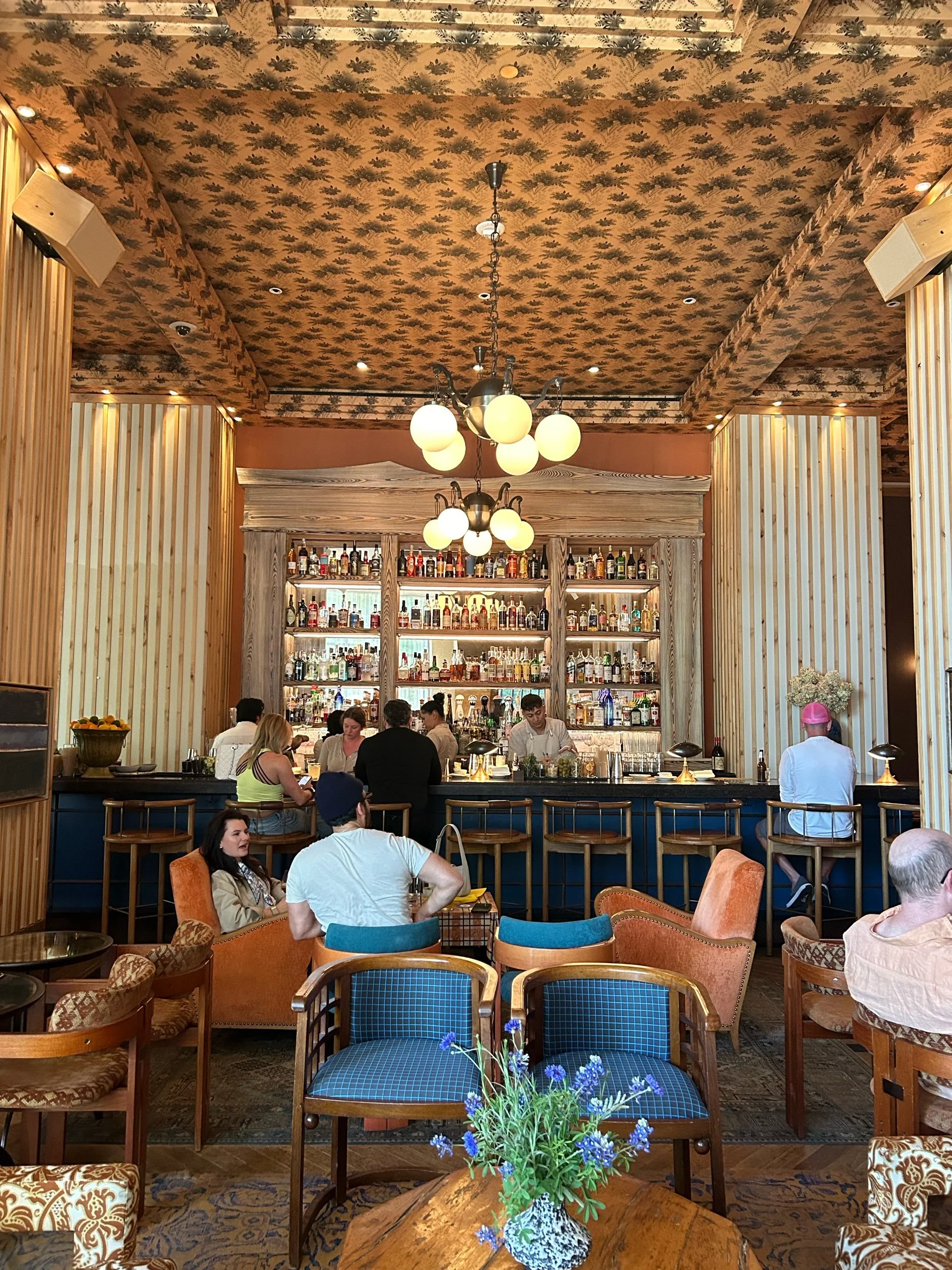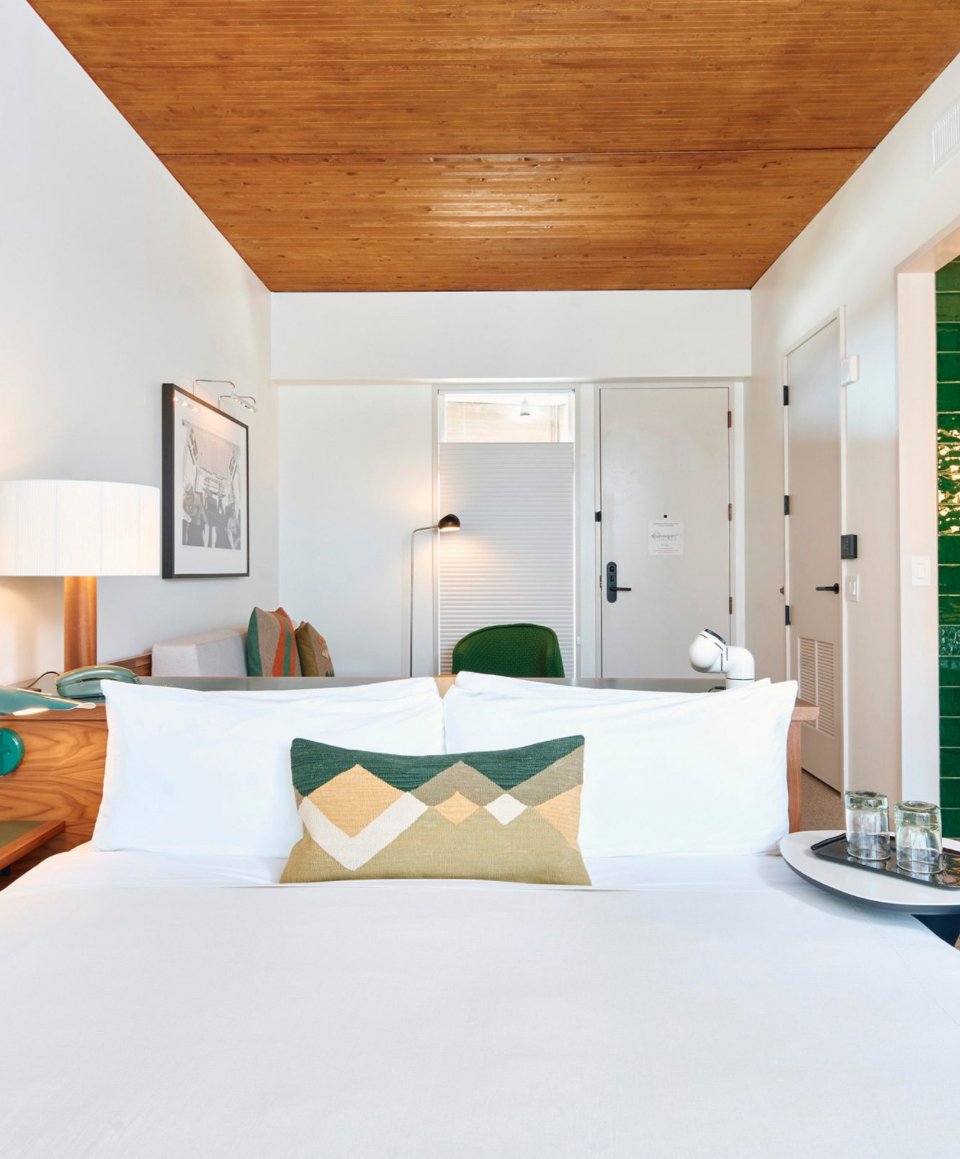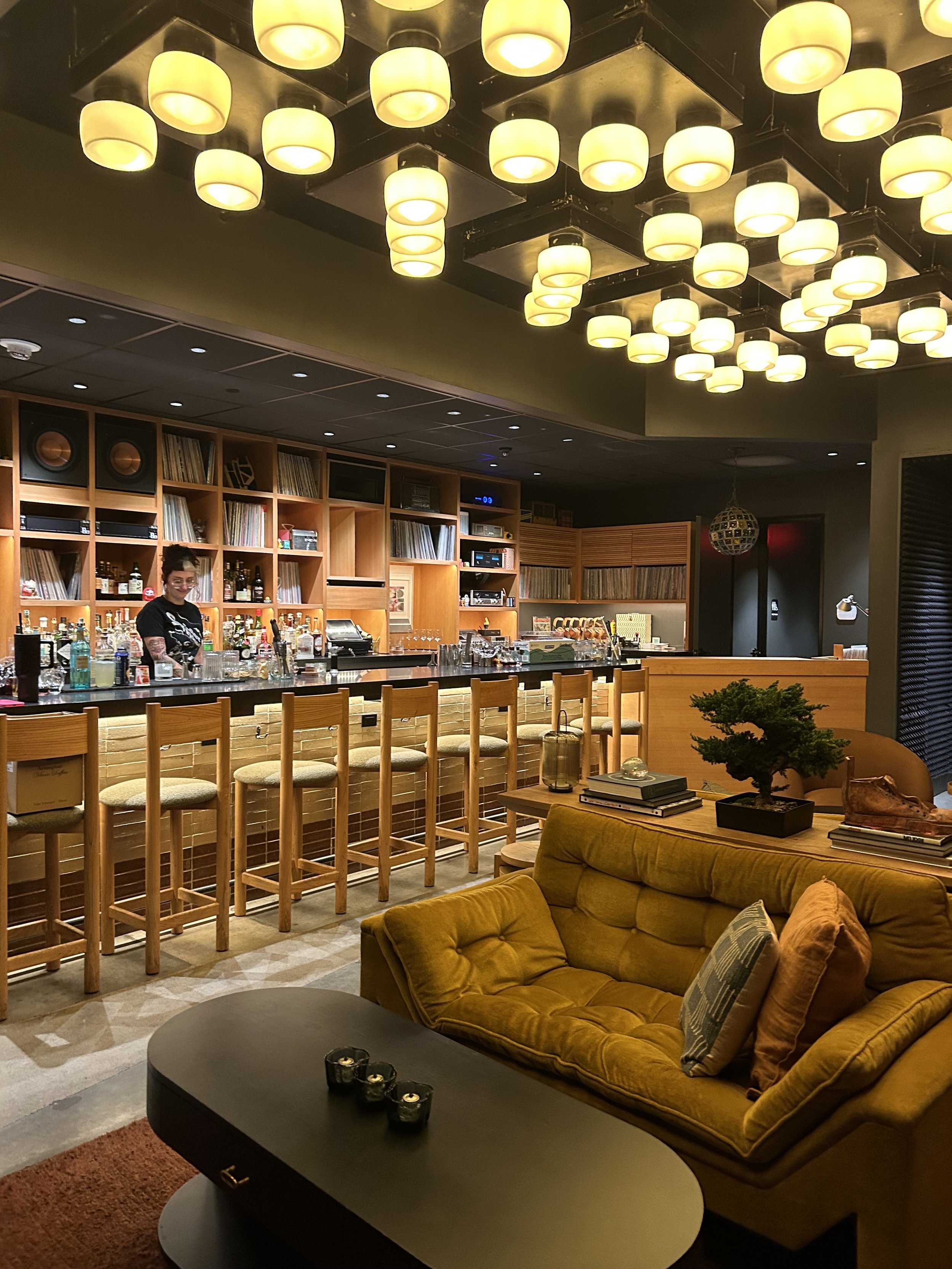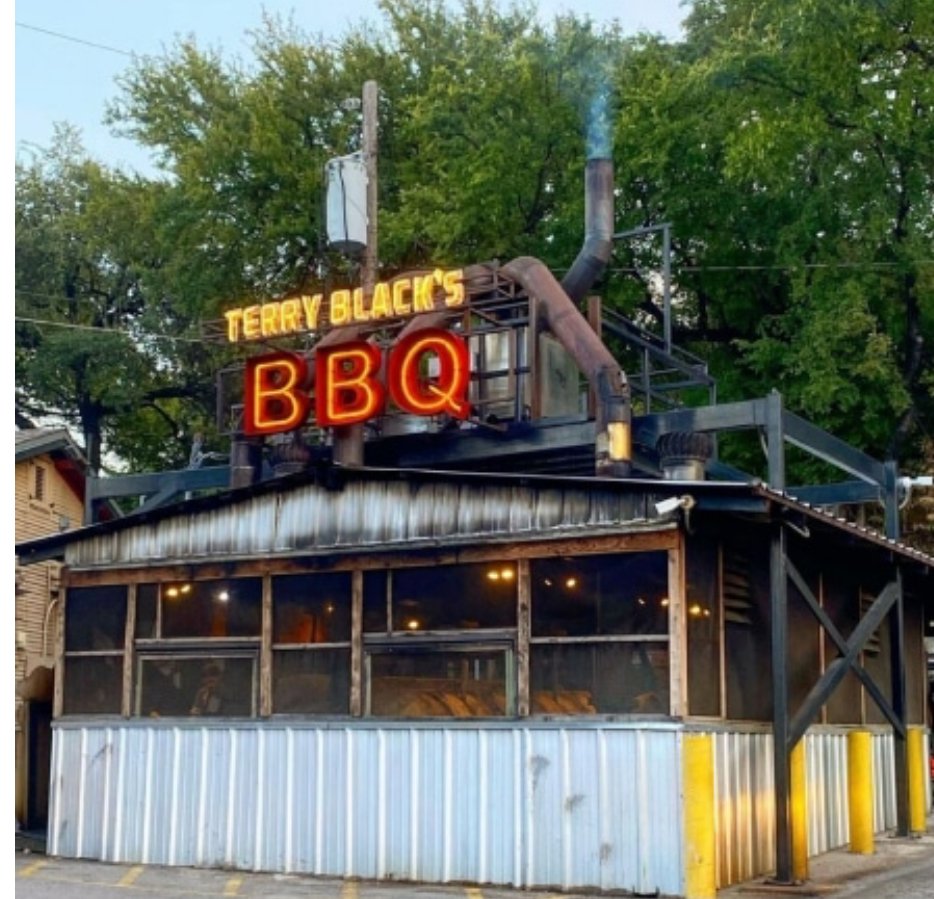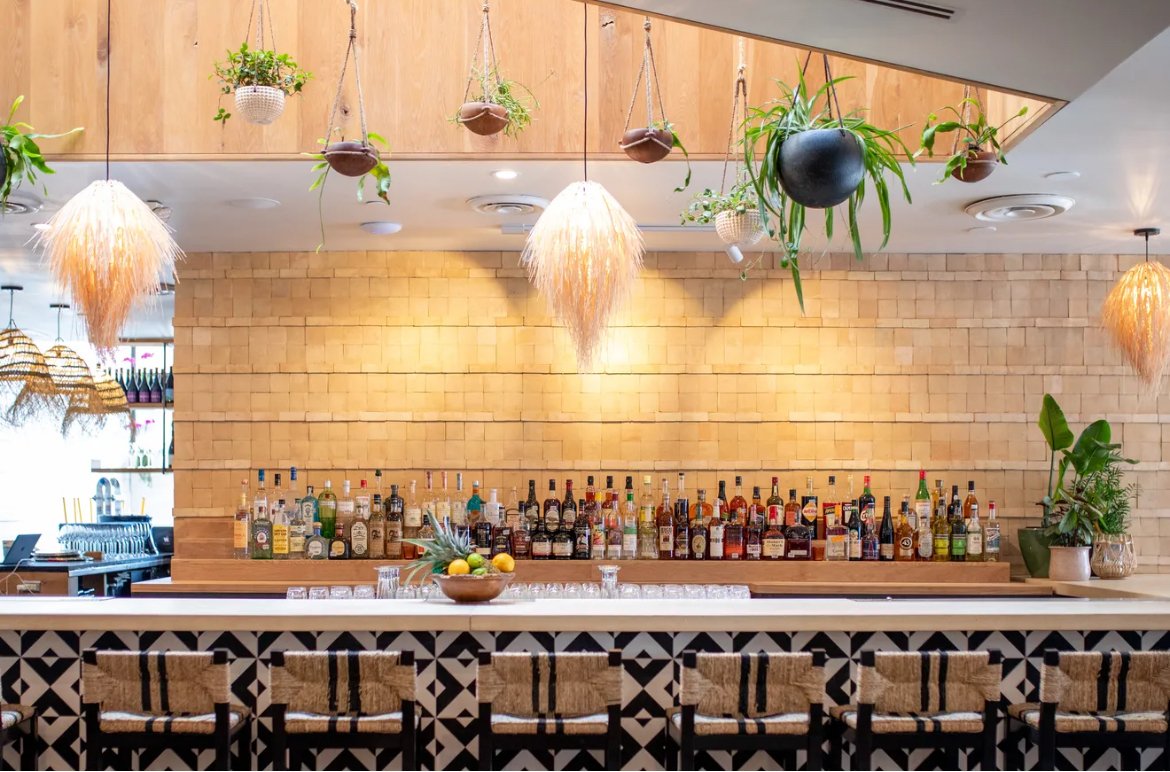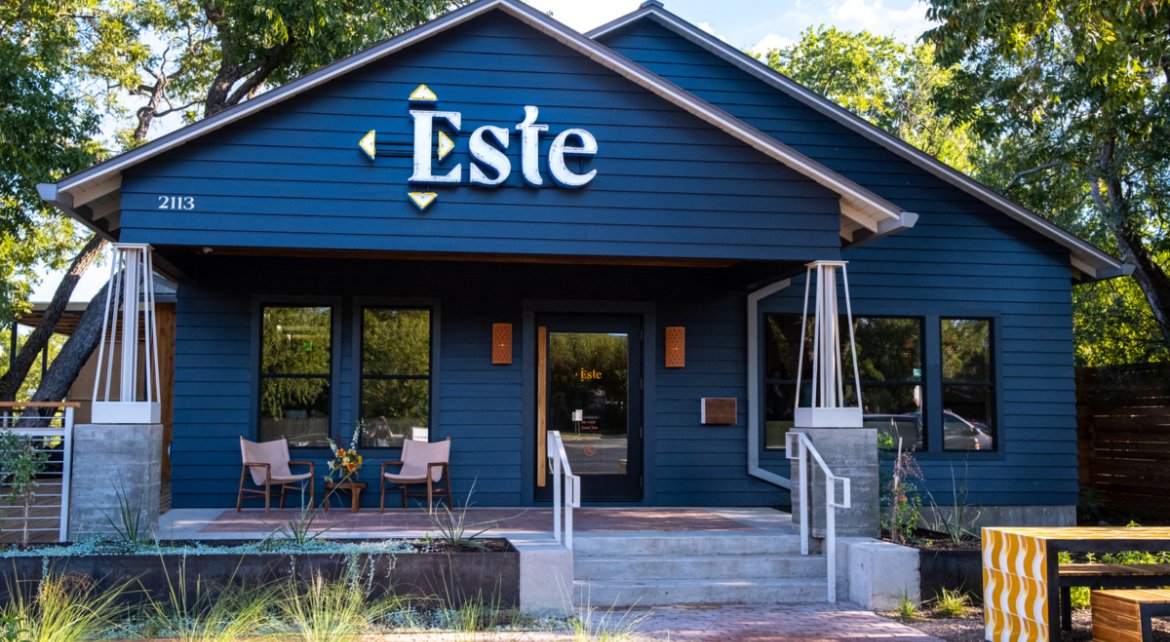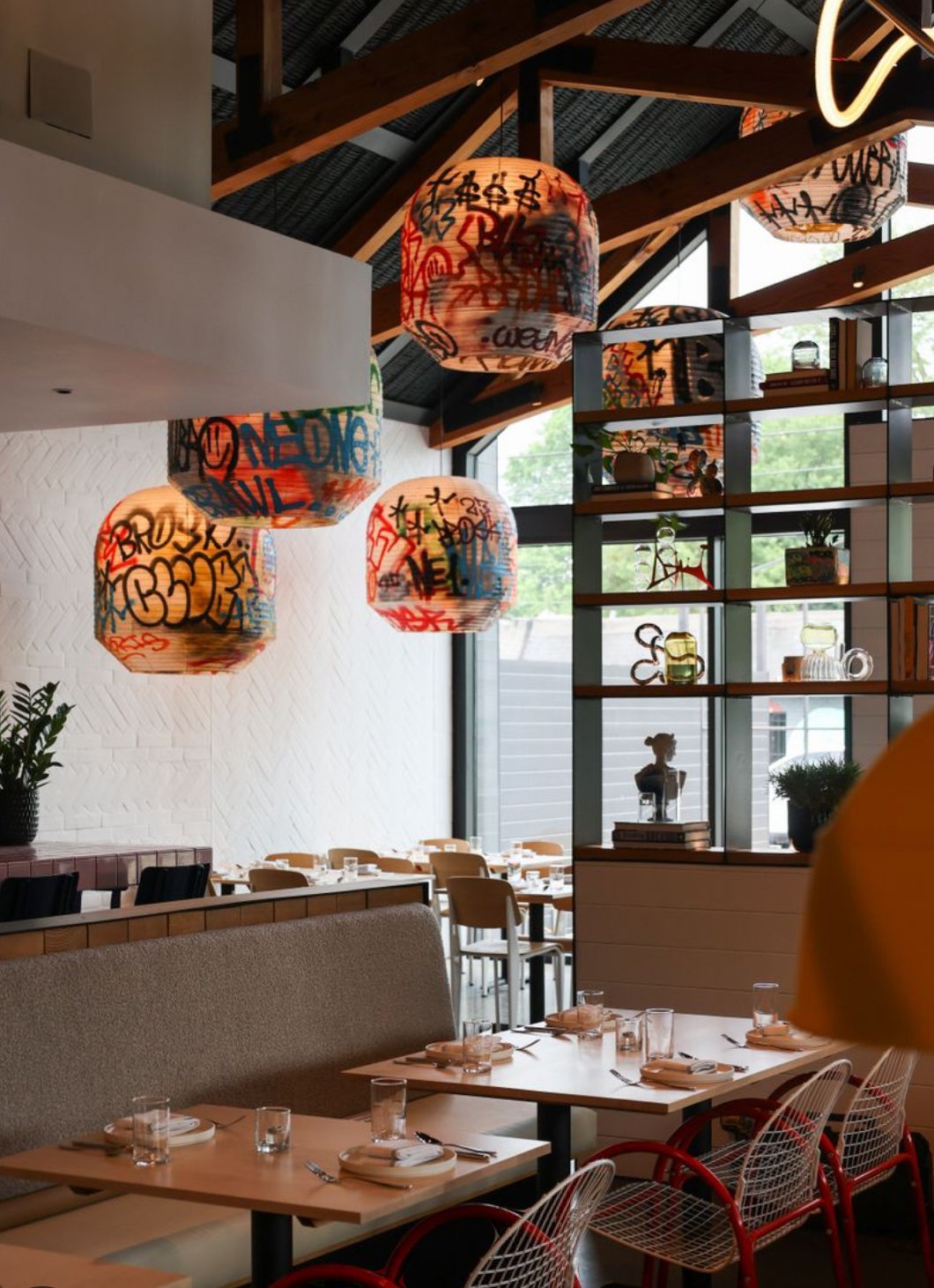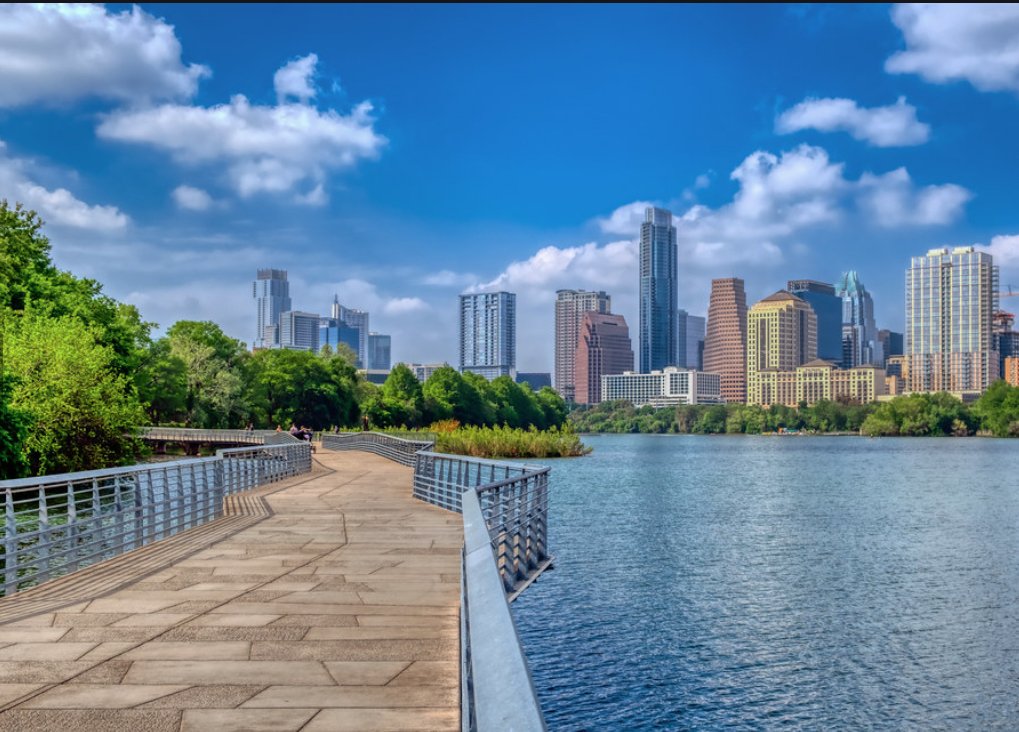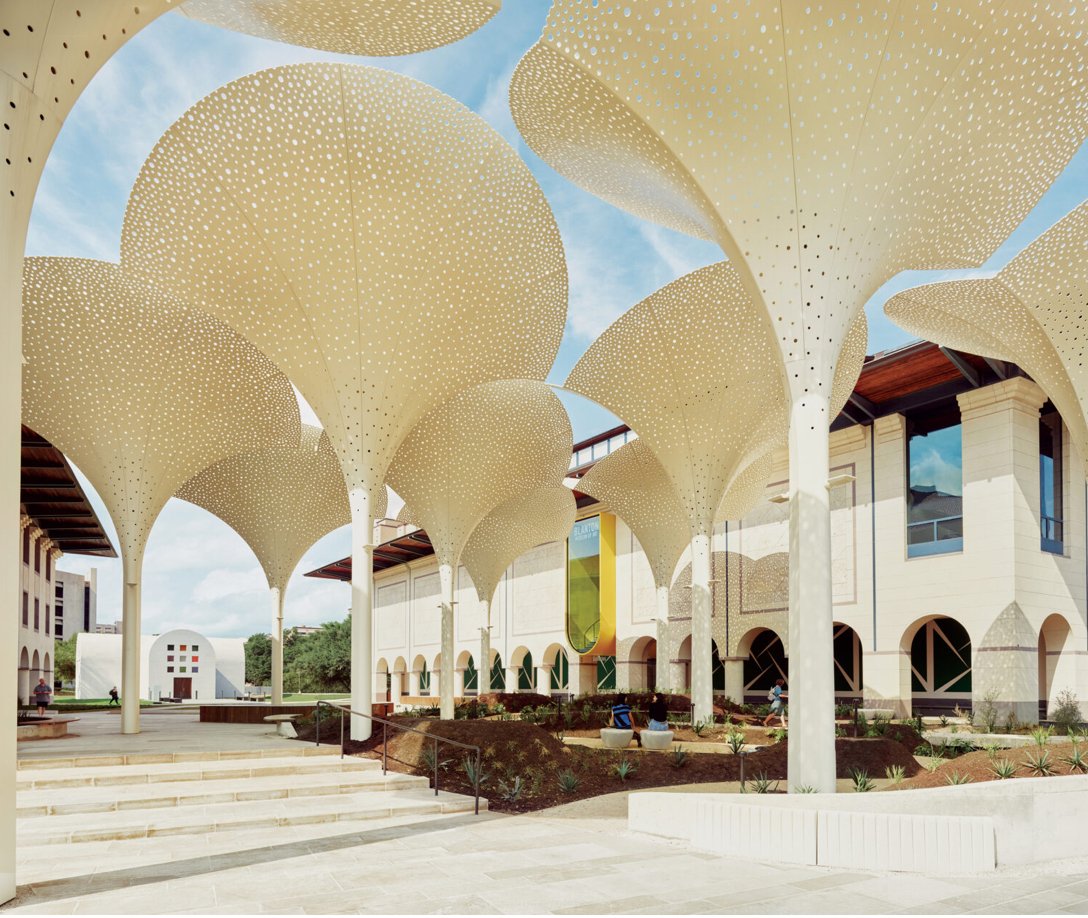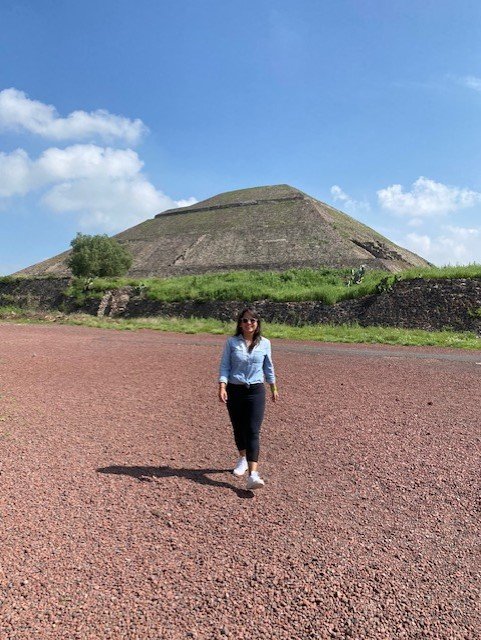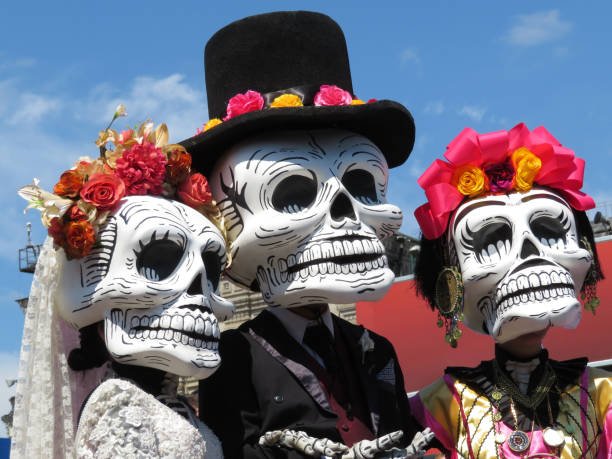Hello!
Last year, I re-located to Austin, Texas where I have been gathering insights on how to best experience this city. You might not immediately think about Austin as a luxurious destination, but if there is one thing this city has is charm, personality and experiences that will make you think twice about extending your stay.
Austin welcomes travelers with its rich history, thriving cultural scene, and dynamic culinary landscape. Whether you're strolling along Lady Bird Lake, exploring the iconic Capitol building, or indulging in East Side Austin's eclectic cuisine, this city has something for everyone.
Keep on reading for a curated selection of affordable luxury experiences that promise to elevate your visit to Austin without totally breaking the bank.
FAQs: Getting to Know Austin
What is the size of Austin?
Austin boasts a considerable presence, with a population surpassing 2 million residents. It sprawls across the Texas landscape as a notable urban center in its own right.
How would you describe Austin's weather?
Prepare for a variety of weather conditions! The climate offers warm and balmy summers (we are talking about 110 degree weather) along with mild winters, catering to a range of preferences. However, be mindful of occasional thunderstorms, particularly during the wet season from May to October. Spring and Fall are typically the best times to visit if you are looking to avoid extreme weather.
Why do people visit Austin?
People flock to Austin for a myriad of reasons, each drawn by the city's unique charm and offerings. Here are some compelling reasons why Austin is a popular travel destination:
Music Scene: Austin is often referred to as the "Live Music Capital of the World," boasting a vibrant music scene that spans genres from country and blues to rock and indie. Visitors can enjoy live performances at iconic venues like the Continental Club, Antone's and Mohawk.
Food and Dining: Austin's culinary scene is a major draw for food enthusiasts. The city is renowned for its diverse array of eateries, including food trucks, barbecue joints, Mexican restaurants, and upscale dining establishments.
Outdoor Recreation: Nestled in the heart of the Texas Hill Country, Austin is surrounded by natural beauty and outdoor recreational opportunities. Visitors can explore scenic parks, hike along picturesque trails, kayak or paddleboard on Lady Bird Lake, or take a dip in the natural swimming holes found in and around the city like Barton Springs.
Cultural Attractions: Austin is home to a rich array of cultural attractions and landmarks. History buffs can explore the Texas State Capitol, while art enthusiasts can visit the Blanton Museum of Art and the Contemporary Austin. The city also hosts numerous festivals and events throughout the year Like South by Southwest and Austin City Limits, celebrating everything from film and food to literature and technology.
Nightlife and Entertainment: Austin comes alive after dark, offering a dynamic nightlife scene that caters to all tastes. From bustling bars and craft breweries to rooftop lounges and live music venues, there's no shortage of options for those looking to unwind and socialize.
Is Austin considered a safe destination?
Austin generally earns a reputation as a safe city for travelers. Popular neighborhoods like South Congress and East Austin are well-trafficked and typically provide a secure environment. Following common-sense safety guidelines ensures a comfortable visit.
Where to Stay
Studio, The Proper Hotel
For the discerning traveler seeking both comfort and value, Austin boasts a range of 4-star hotels that offer enticing perks to enhance your stay. Consider booking a room at:
Equipment Room, Hotel Magdalena
The Proper Hotel: Located in the heart of Downtown, this 4-star hotel offers relaxed luxury that is unpretentious but welcomes you with beautiful design by Kelly Wearstler. It is house to the local-favorite The Peacock restaurant and bar and invites guests to enjoy an afternoon by the pool paired with vibey tunes by local DJs.
South Congress Hotel: Situated in the vibrant South Congress district, this boutique hotel epitomizes understated elegance, offering discerning guests a haven of comfort and sophistication. Amenities include our rooftop pool, 24-hour fitness center, and electric vehicle charging. This is typically a very “happening” hotel and best suited for those who want to be around music, activities and dining in and al-fresco restaurant at Cafe No Se.
Hotel Magdalena: For those looking for a more inconspicuous location, Hotel Magdalena is an oasis tucked away from the hustle & bustle. Best for short stays and small groups, this hotel offers convenient amenities including access to a fun swimming pool, Summer House on Music Lane, a restaurant inspired by the casual sophistication that defines a lake house weekend and first dibs at Equipment Room, a private basement hideaway housing one of Austin’s most special record collections played on custom vintage hi-fi equipment.
Miraval Austin Resort & Spa: an inclusive destination resort & spa in Hill Country, Miraval offers a retreat and a wellness journey with signature experiences & luxury accommodations. This is best suited for travelers looking to rest and renew away from the city.
Dont have time to book yourself? Use my Travel Advising services!
Where to Dine
Terry Black’s Barbecue
Austin's culinary scene is as diverse as it is delicious, with a plethora of dining options to suit every palate and budget. Here are some must-visit restaurants:
Franklin Barbecue ($$): No visit to Austin is complete without sampling its world-famous barbecue, and Franklin Barbecue is a must-try for meat lovers.
Pro Tip: Arrive early to beat the crowds and savor tender, smoky brisket and mouthwatering ribs. Unlike other barbacue restaurants, They make limited batches of food and they run out quick!
Terry Black’s Barbecue ($$): Spacious, casual stop for pit-smoked meats & housemade sides from famous 4th-generation pitmasters.
Pro Tip: This is one of the most popular restaurants in Austin and it is notorious for having a small parking lot. Check out parking by the convention center or Uber for the most seamless experience.
La Condesa ($$$): Experience modern Mexican cuisine at its finest at La Condesa, where vibrant flavors and stylish ambiance converge. From tacos al pastor to handcrafted cocktails, every dish is a celebration of Mexico's culinary heritage.
Canje
Canje ($$$): If you're on the hunt for something truly special in Austin, Canje is my go-to spot! Inspired by the beauty and flavors of the Caribbean, Canje takes you on a culinary journey from Guyana to Jamaica, Puerto Rico, and beyond. Led by Chef Tavel Bristol-Joseph, a proud Guyanese native, Canje's menu celebrates the rich diversity of Caribbean cuisine.
Este
Este ($$$): Nestled between East Austin neighborhoods, Este celebrates fresh seafood, Mexican cuisine, and charcoal cooking. This is one of the more popular restaurants, so you will want to make a reservation ahead of time or try your luck at getting a seat at the bar.
June’s All Day ($$): French bistro in South Congress Ave offering coffee and grab-and-go pastries during the day, and a full bistro menu at night. It is also known for having a fantastic wine menu and is a great place to people watch while listening to music from a vintage jukebox.
Uchi ($$$): Renowned for its innovative take on Japanese cuisine, Uchi delivers an unforgettable dining experience that won't break the bank. Indulge in creative sushi rolls and flavorful small plates crafted with the freshest ingredients.Aba
Ezov
Ezov ($$): Iranian restaurant offering mediterranean cuisine. Ezov celebrates the markets of Tel Aviv and the bounty of Texas. The menu is designed to share and changes with the season, focusing both on classics and twists. Wines from the Mediterranean: Greece, Lebanon, Israel, Italy and beyond are food friendly and meant to be shared. Drawing inspiration for Tel Aviv nightlife the cocktails are fresh and bold.
Loro ($$): Casual restaurant offering innovative dishes by combining Asian smokehouse and Texas barbecue cuisine. You will not find a menu like this one anywhere else. Loro is brought to you by James Beard Award winners, Chef Tyson Cole of Uchi and Aaron Franklin of Franklin Barbecue.
Two Hands ($$):This Australian-inspired cafe serves all-day breakfast & brunch dishes in a casual space. Located in South Congress Avenue, this is a fantastic spot to grab brunch before exploring vintage shops and buying a pair of boots at Allen’s Boots.
Jeffrey's ($$$$): Offering a refined dining experience with a focus on prime steaks and seafood, Jeffrey's is a classic choice for upscale dining in Austin. The elegant ambiance and attentive service make it perfect for a special occasion.
For a comprehensive list of restaurants, check out my downloadable Austin Map.
What to Do
Lady Bird Lake boardwalk
Austin has many activities to offer, no matter what time of the year. With this in mind, a 4-day trip is ideal to immerse yourself in some of the basic activities. With four days to explore Austin's attractions and landmarks, you'll have ample time to discover the city's hidden gems and iconic sights.
Here's a suggested itinerary for your stay:
Day 1: Explore Downtown Austin
Start your day with a leisurely stroll along Lady Bird Lake, where you can admire scenic views of the downtown skyline and enjoy outdoor activities like paddleboarding or kayaking.
Visit the Texas State Capitol, a historic landmark that offers free guided tours showcasing the state's rich history and political heritage.
Indulge in a gourmet lunch at Second Bar + Kitchen, known for its elevated comfort food and craft cocktails.
Spend the afternoon browsing the eclectic shops and galleries on South Congress Avenue, where you'll find everything from quirky boutiques to vintage stores.
Wrap up your day with dinner at Emmer & Rye, a farm-to-table restaurant that specializes in seasonal dishes made with locally sourced ingredients.
Day 2: East Side Austin Exploration
Start your day with breakfast at Paperboy, a charming restaurant that started as food truck and is known for its inventive twists on classic brunch fare.
Pro Tip: make a reservation with ample time as this is a popular breakfast restaurant.
Explore the vibrant street art and cultural landmarks of East Austin, including the HOPE Outdoor Gallery and the Mexic-Arte Museum.
Enjoy a leisurely lunch at Launderette, a stylish eatery housed in a converted laundromat that serves up modern American cuisine with a Texas twist.
Spend the afternoon hiking or swimming at Barton Creek Greenbelt, a sprawling urban oasis that offers scenic trails and refreshing swimming holes.
In the evening, head to the East Side for dinner at Suerte, a critically acclaimed restaurant that showcases the flavors of Mexico and Central America with a contemporary twist.
Day 3: Outdoor Adventures
Start your day with breakfast tacos from Veracruz All Natural, a beloved food truck that serves up some of the best tacos in town. For a double feature, visit the Veracruz in East Austin and check out Desnudo for delicious Colombian coffee.
Embark on a scenic drive to Hamilton Pool Preserve, a natural swimming hole nestled in a lush canyon. Be sure to make a reservation in advance, as access to the preserve is limited.
After cooling off in the crystal-clear waters of Hamilton Pool, head to nearby Jester King Brewery for a tasting of their award-winning craft beers.
For lunch, enjoy a picnic at Zilker Park, where you can relax on the grassy lawns and take in views of the downtown skyline.
In the afternoon, explore the Barton Springs Pool, a spring-fed swimming pool that offers year-round enjoyment for visitors of all ages.
Blanton Museum of Art
Day 4: Cultural Immersion
Start your day with breakfast at Yamas Greek Restaurant, serving vibrant dishes and cocktails in a warm and welcoming environment, reminiscent of Santorini.
Visit the Blanton Museum of Art, where you can admire an impressive collection of works spanning diverse cultures and time periods.
Enjoy a leisurely lunch at Loro, a casual eatery that combines Asian flavors with Texas barbecue techniques.
Spend the afternoon exploring the historic grounds of the University of Texas at Austin, including the iconic UT Tower and the LBJ Presidential Library.
In the evening, head to Rainey Street for dinner at Geraldine's, a chic rooftop restaurant known for its inventive cocktails and live music performances.
As you can see, Austin offers a wealth of affordable luxury experiences that allow you to immerse yourself in the city's vibrant culture and culinary scene without breaking the bank. Whether you're savoring gourmet meals at top-rated restaurants, exploring outdoor adventures in the city's natural surroundings, or discovering the rich history and cultural landmarks that make Austin unique, you're sure to create lasting memories during your visit. So pack your bags, hit the road, and get ready to experience the best of Austin, Texas, in style!
Always a note away,
Nikol

